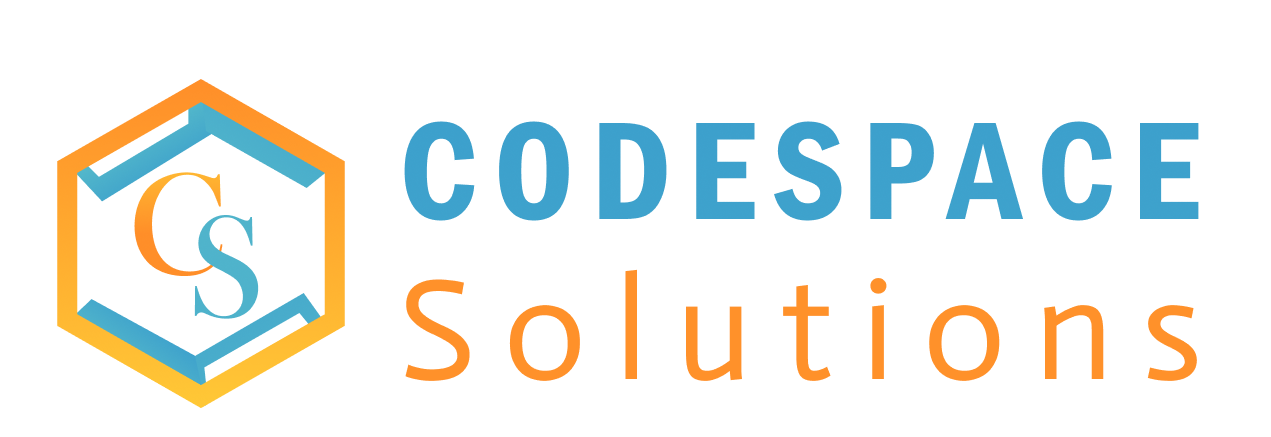CMS Customization refers to the process of tailoring a Content Management System (CMS) to meet the specific needs and requirements of a website or application. CMS platforms like WordPress, Drupal, Joomla, and others offer a wide range of customization options that can enhance functionality, design, and user experience.
Key Areas of CMS Customization
- Themes and Templates:
- Customization: Modify pre-built themes or design custom templates to reflect your brand identity.
- Tools: Use CSS, HTML, and JavaScript for deeper styling and layout adjustments.
- Examples: Changing colors, fonts, layouts, and adding branding elements.
- Plugins and Extensions:
- Customization: Install or develop custom plugins to add new features or extend existing ones.
- Examples: E-commerce functionality, SEO optimization tools, or analytics integrations.
- Content Structure:
- Customization: Define custom content types, taxonomies, and fields for better content organization.
- Examples: Adding custom fields for product pages or creating new post types for case studies.
- User Roles and Permissions:
- Customization: Tailor user roles and permissions to manage access and actions within the CMS.
- Examples: Defining separate roles for editors, contributors, and admins.
- SEO Enhancements:
- Customization: Optimize the CMS for better search engine visibility.
- Examples: Adding custom meta tags, schema markup, or configuring URLs.
- Integrations:
- Customization: Integrate third-party tools and APIs to enhance functionality.
- Examples: CRM integration, social media feeds, or payment gateways.
- Performance Optimization:
- Customization: Enhance website performance for faster load times and better user experience.
- Examples: Implementing caching mechanisms, optimizing images, or using a CDN.
- Multilingual Support:
- Customization: Enable and manage content in multiple languages.
- Examples: Using plugins or extensions like WPML (WordPress) or built-in multilingual features (Drupal).
- Custom Workflows:
- Customization: Set up workflows for content creation, review, and publishing.
- Examples: Automating publishing schedules or creating approval pipelines.
- Security Enhancements:
- Customization: Strengthen the CMS against potential threats.
- Examples: Adding firewalls, enabling two-factor authentication, or customizing user access controls.
Benefits of CMS Customization
Competitive Edge: Stand out with unique features and capabilities.
Tailored Solutions: Meet specific business requirements effectively.
Improved User Experience: Deliver an engaging and intuitive experience for visitors.
Scalability: Prepare the CMS for future growth or additional features.
Brand Consistency: Align the design and functionality with your brand’s identity.
